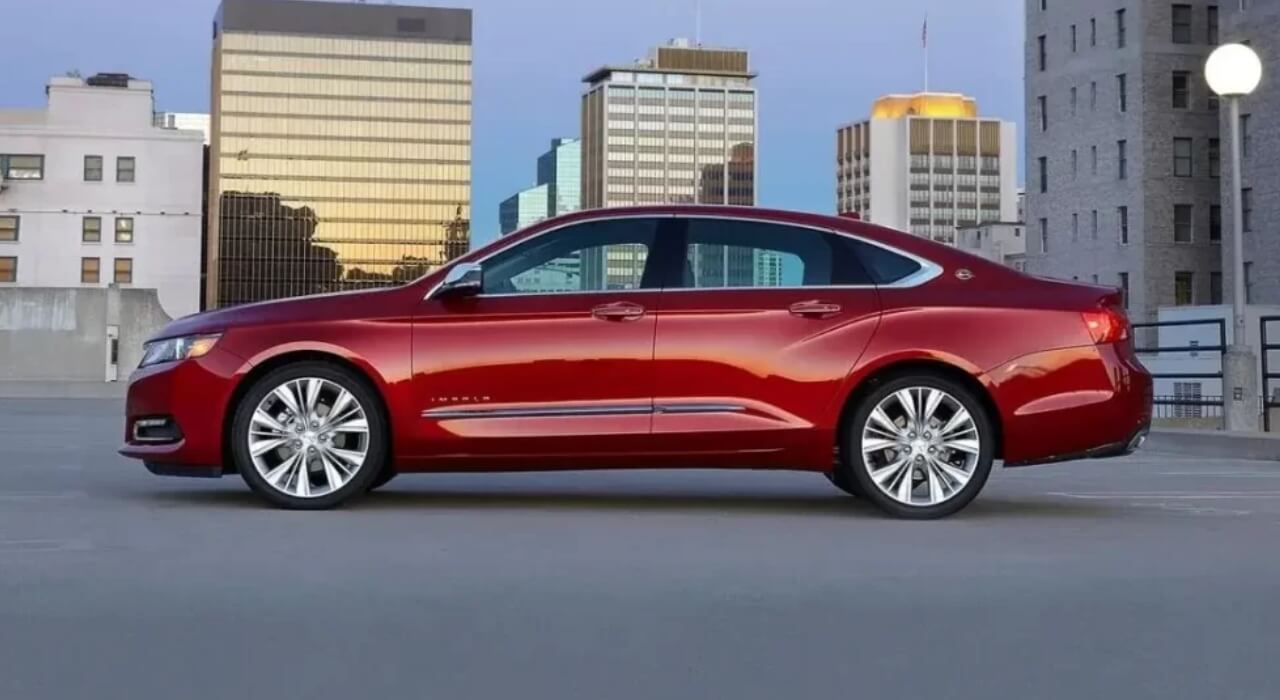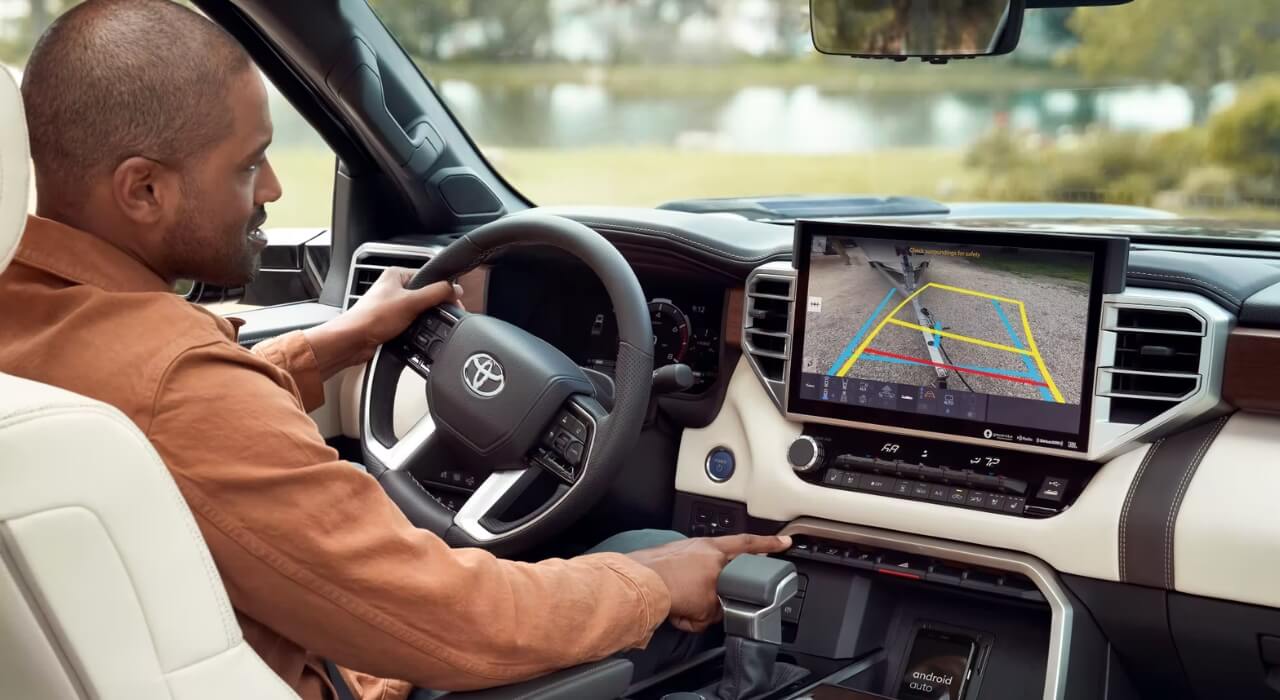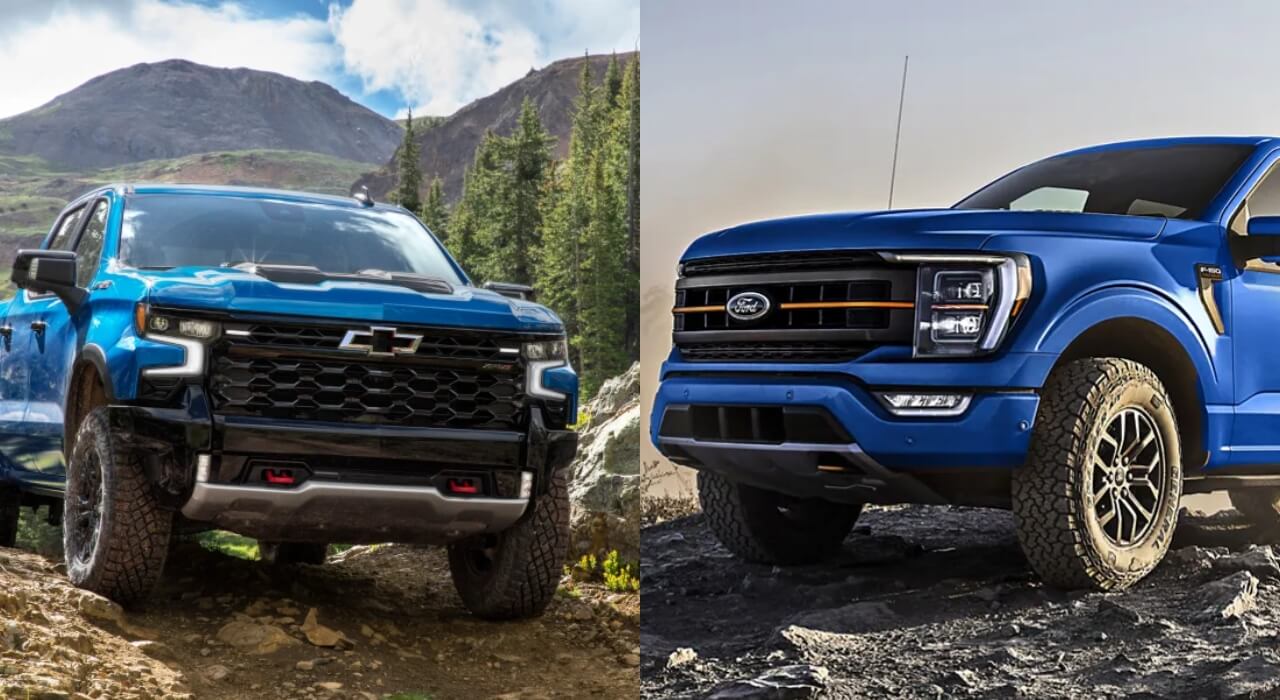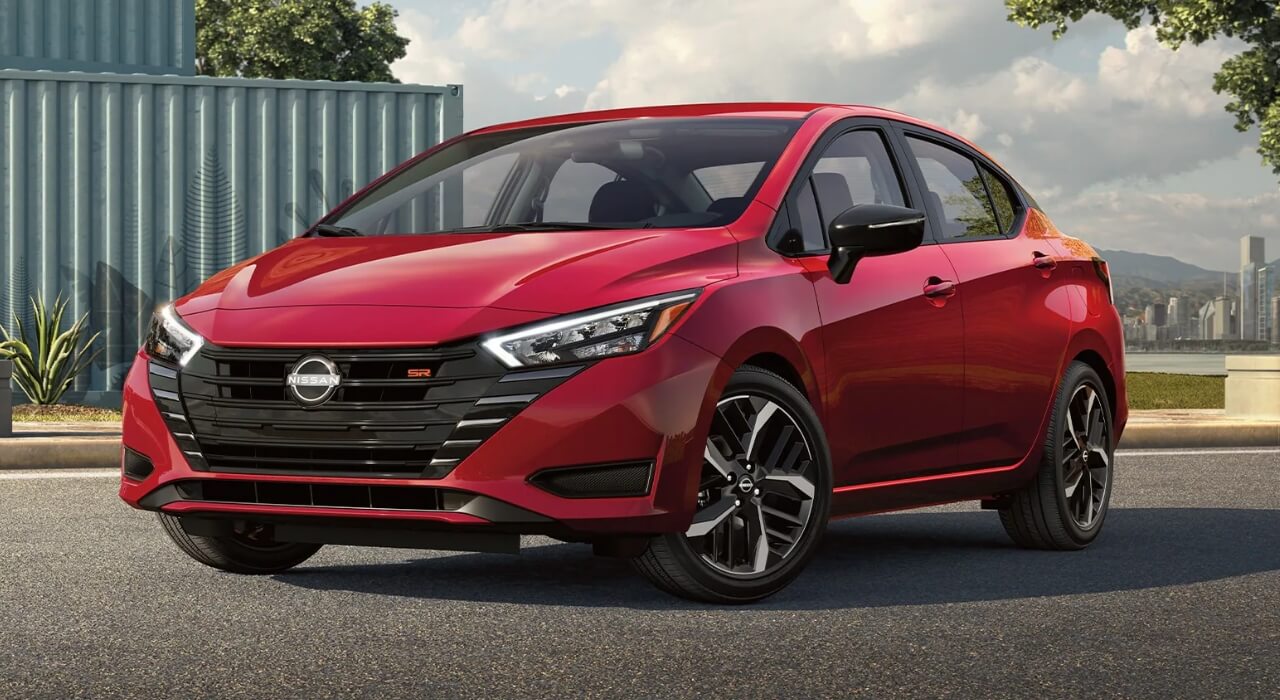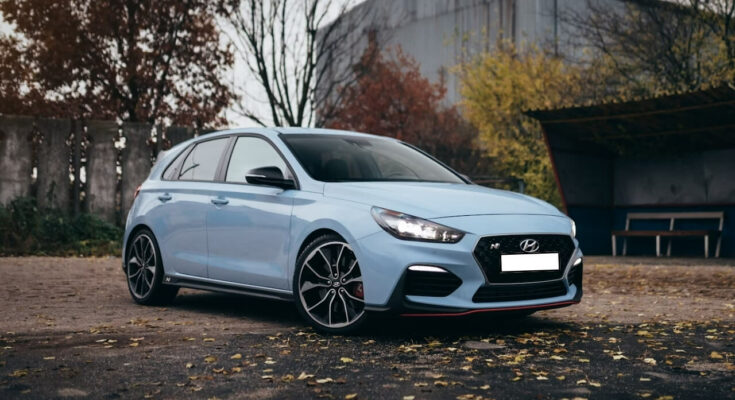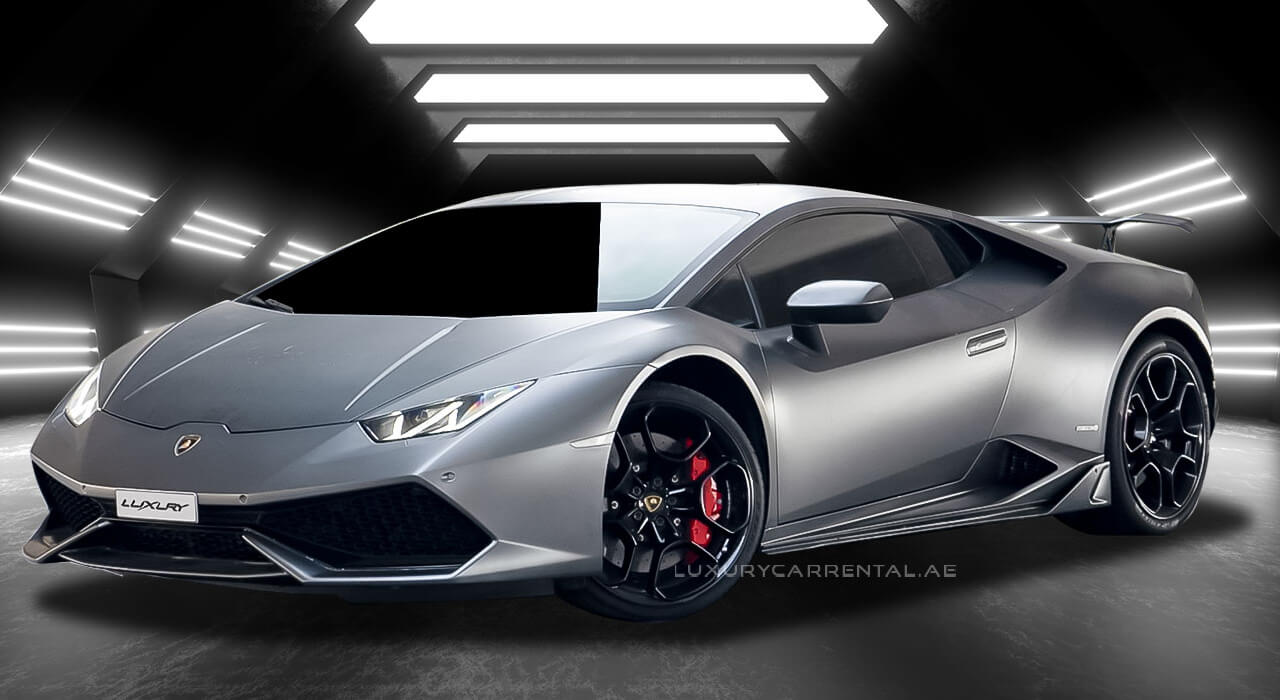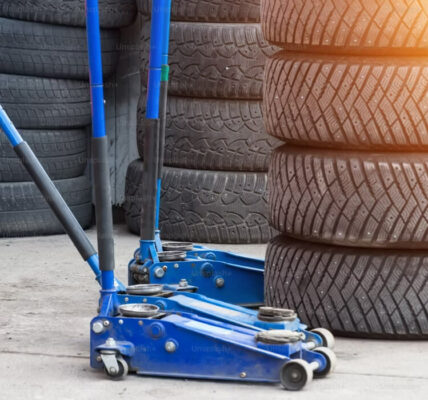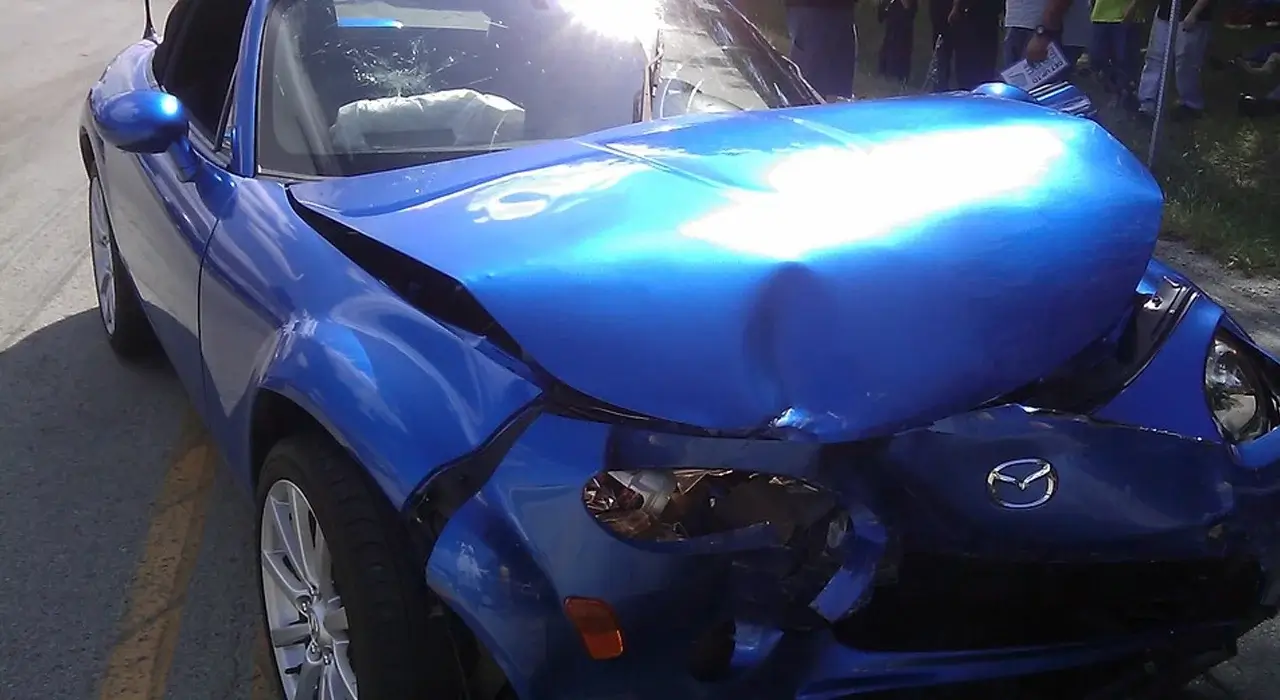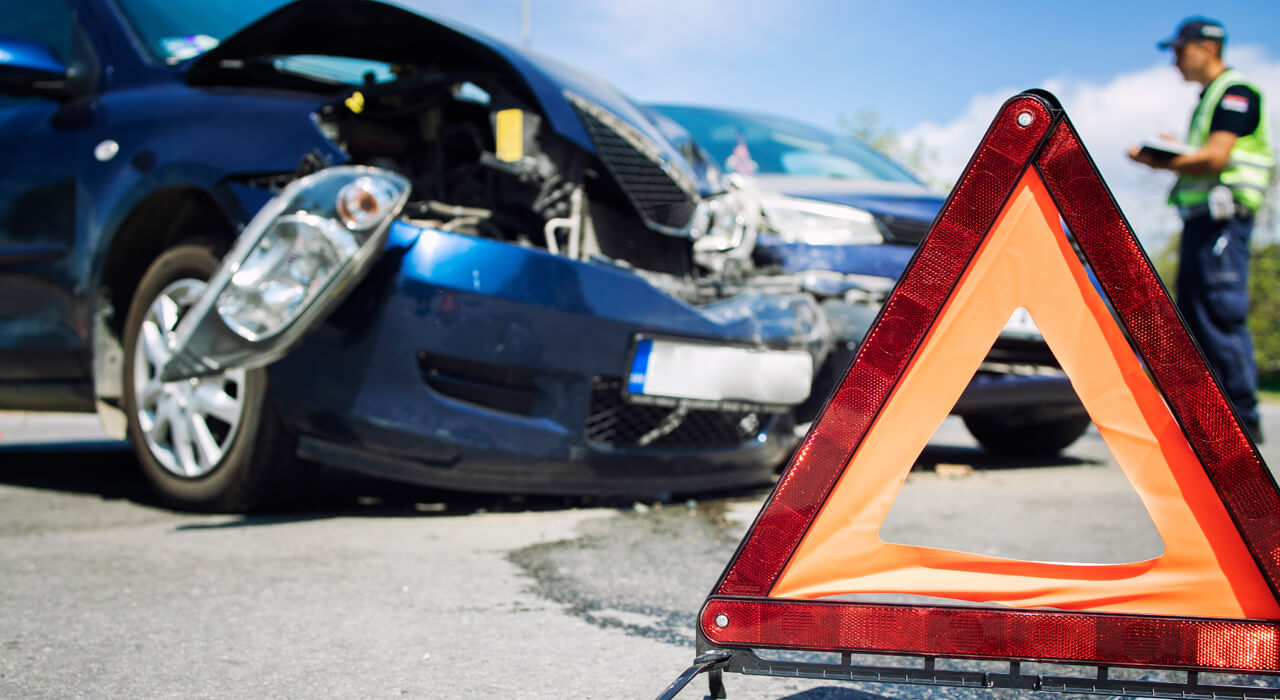Buying a car is a serious decision that requires a great deal of thought and consideration. Your every little decision, from car brand, model year, and feature requirements to buying medium, significantly impacts how much functionality and enjoyment you can get out of your car purchase over its lifetime.
One such decision that affects your car ownership is whether you should buy or lease your new car. Not everyone is looking for used cars these days. Some people still love and crave the authenticity of a brand-new vehicle.
So, if you are eagerly looking to buy a car new or used, from the store but are in a dilemma about whether you should lease it or go all in and buy, we are here to help.
“Is it better to lease or buy a new car?” is a most common dilemma most new car seekers face, and with this guide, you will finally be able to come to a solution.
Let us begin and help you decide if you should buy or lease upcoming 2024 cars.
Lease Or Buy Car In 2024 – Which Way Should I Go?
Deciding on buying a car or leasing it is a huge decision. It will not only affect your style of car ownership but also have significant financial ramifications over the next few years. Both leasing and buying an automobile are good options. However, at the same time, they are different.
Also Check:
- 11 Best Cars With White Interior.
- Double Cab Vs Crew Cab – Which Pickup Is Best For You In 2024?
To deduce which car-buying method suits you, you must first learn how leasing a car differs from buying a car. Once you understand the difference, your dilemma about whether you should be looking for the best online car buying sites will be resolved.
You can not get out of the web of lease or buy. Whether you opt to buy a car from a dealership or an online platform, they will first ask if you would like to lease the vehicle or buy it.
And with that, you are back to square one. But if you understand the main differences between the two, you will be able to make a fast decision.
What Does It Mean to “Buy A Car”?
When you choose to “buy a car,” you want to become its legal owner after the dealership that sold it to you. You can either pay for the ride upfront or take financial help like a loan from a bank and keep paying monthly payments until you pay the required amount.
What Does It Mean To “Lease A Car”?
When you decide to “lease a car,” it means you wish to drive a car for a certain period and do not wish to own it. When the lease term ends, you must return the ride to the facility from where you leased it. While leasing a car, you only pay the monthly payments as rent only till the term of the lease.
Also Check:
15 Factors That Explain How Buying A Car Is Different From Leasing A Car
Now that you know what it means to buy and lease a car, we will move to our next step. You need more than simply knowing the definitions of buying and leasing to decide on your new ride in 2024.
Learning how one option differs under different scenarios can help you get a clear picture. For that, below, we have listed 15 crucial factors that explain how buying differs from leasing and help you conclude which car-owning option is best per your requirements.
- When you buy a car, your loan provider owns your ride until it is completely paid off. During leasing, your lease provider owns the ride until the lease term ends.
- If you buy a used car or a brand new one, you will have to pay taxes on the entire purchase price, whereas, in leasing, you only have to pay taxes on monthly installments.
- The upfront deposit for buying a car is more than what you must pay for leasing one.
- The monthly payments in case of buying a car online or offline are higher because you will be paying for the entire purchase price. Meanwhile, the monthly car leasing payments are lower as you will be paying only for the vehicle’s depreciation during the term.
- If you buy the car, any repair or maintenance related to it, even if you have your purchase financed, is your responsibility. However, in most leasing cases, the repairs and maintenance are covered under the lease.
- The payment term for buying a car is longer than the payment term for leasing one.
- The mileage you get on a car you buy is unlimited. You can drive it as much as you want. Meanwhile, the mileage on a leased car is limited. You generally get about 10,000 to 12,000 miles per year with a mileage penalty if you use more miles than you are allotted.
- The mileage you get on a car you buy is unlimited. You can drive it as much as you want. Meanwhile, the mileage on a leased car is limited. You generally get about 10,000 to 12,000 miles per year with a mileage penalty if you use more miles than you are allotted.
- If you damage the vehicle you own, you are not required to fix it immediately. However, in the case of a leased vehicle, you will get penalized if you do not return the ride as well as you got it.
- The warranty coverage is offered on both bought and leased cars. Buying a car in cash or by check becomes the owner’s responsibility after expiration. Meanwhile, the warranty is generally covered throughout the lease terms.
- You are free to customize if you buy a car, but you can not make any changes to a vehicle you lease. And it applies to all brand-new and used cars.
- You can sell or trade a vehicle you buy anytime, even before your loan term ends. You can do the same with a leased car, but you typically have to pay a penalty, which varies from leaser to leaser.
- When buying a car, you can only go for the ones you can afford. But if leasing, you can even get an expensive ride you usually could not afford.
- With leasing, you get to drive the latest car models mainly during their most trouble-free years. However, when buying, you are stuck with a car model that will get old with time.
- If you keep leasing one car after another, your monthly payments go on forever, whereas your monthly payments stop after a period when buying.
- In the end, leasing a car usually costs more than buying one, whether you are looking for new or used cars for sale.
Conclusion
Leasing or Buying a car is a big decision you should not take lightly. Leasing is the best option if you move a lot or need a vehicle only for a short span. However, if you want a ride for life, look no other way than buying.
Both leasing and buying are good options, but knowing which is ideal is tricky. With this beginner-friendly guide’s help, you can decide quickly whether your next 2024 car should be a lease or a buy.







